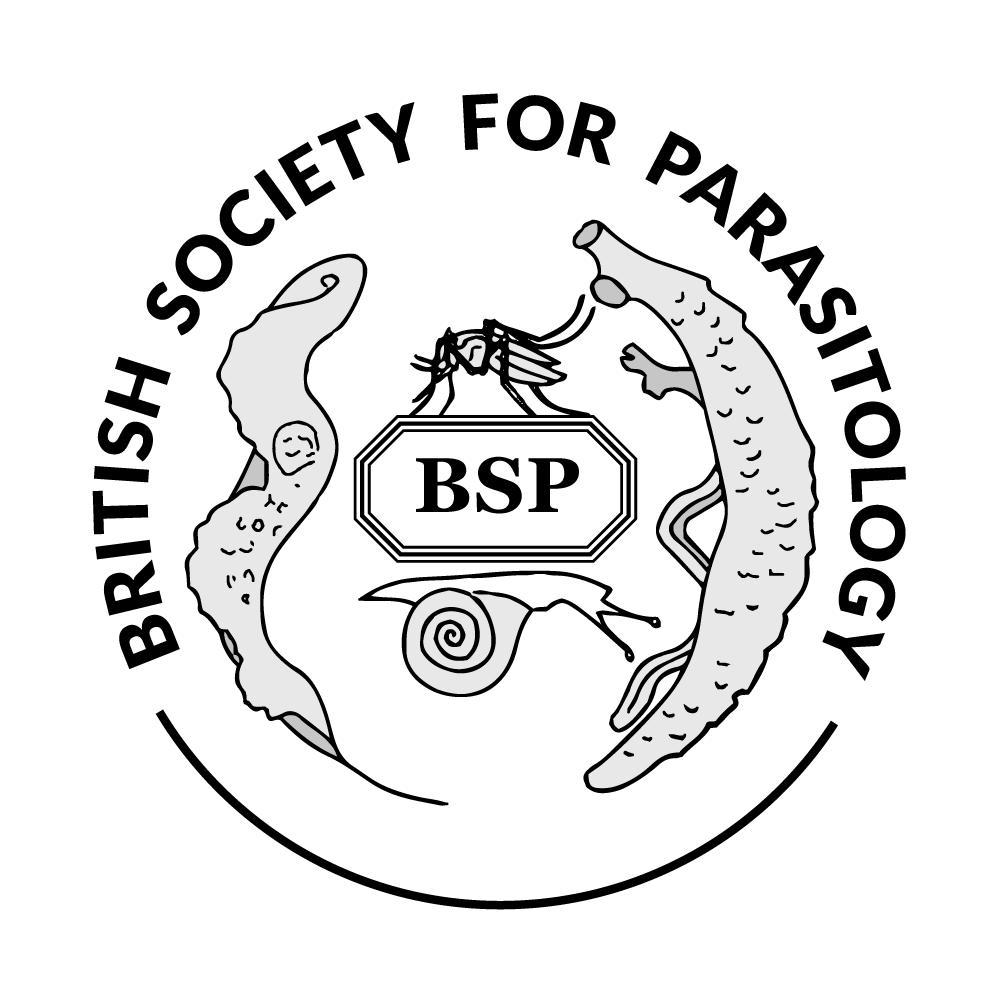Discussion
In its cutaneous and visceral forms, leishmaniasis stands out as a notorious public health problem in contexts recently affected by armed conflict. On the other hand, the increased incidence and changes in the distribution of both forms of leishmaniasis have also been related to socio-environmental phenomena such as deforestation. In Colombia, conflict and deforestation go hand in hand, especially in the context of coca cultivation for cocaine production, an economy considered illegal by the state and a significant obstacle to peacebuilding. Not surprisingly, cutaneous leishmaniasis is one of several diseases and health conditions that proliferate in the midst of coca and violence. In Catatumbo, the northeastern region bordering Venezuela where most of Colombia's coca is produced, people who work planting and harvesting coca leaves are often affected by this disease. In addition, a large portion of those engaged in this work are now Venezuelan migrants. If access to health care for Colombians living in this territory is already fraught with barriers, these are even greater for non-citizens. Faced with this complex panorama, from an interdisciplinary academic perspective that seeks to contribute to framing the problem and finding solutions, how should we define both "community" and "community engagement"? What is "culturally appropriate" when the state fails to account for this health problem and, at the same time, criminalizes those who suffer from the disease? How to develop "effective health interventions" in a context where leishmaniasis is one of several embodied forms of violence and inequity? This presentation is an invitation to reflect on the difficulty of thinking with rigid definitions and practices of public health. We suggest that it may be more productive to open ourselves to other ways of understanding and dealing with the problem, open to both contingency and complexity.

